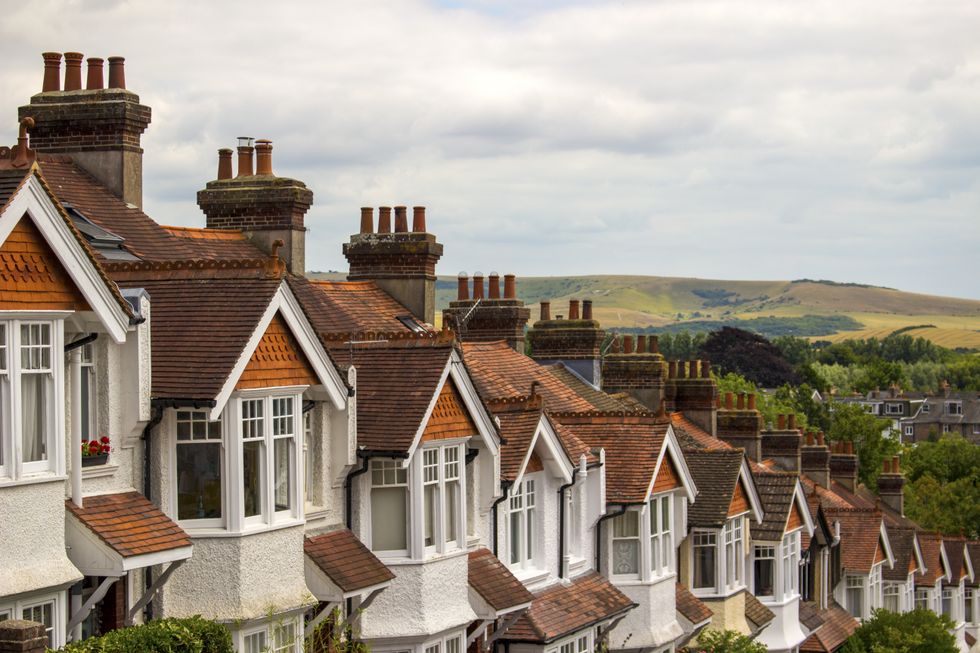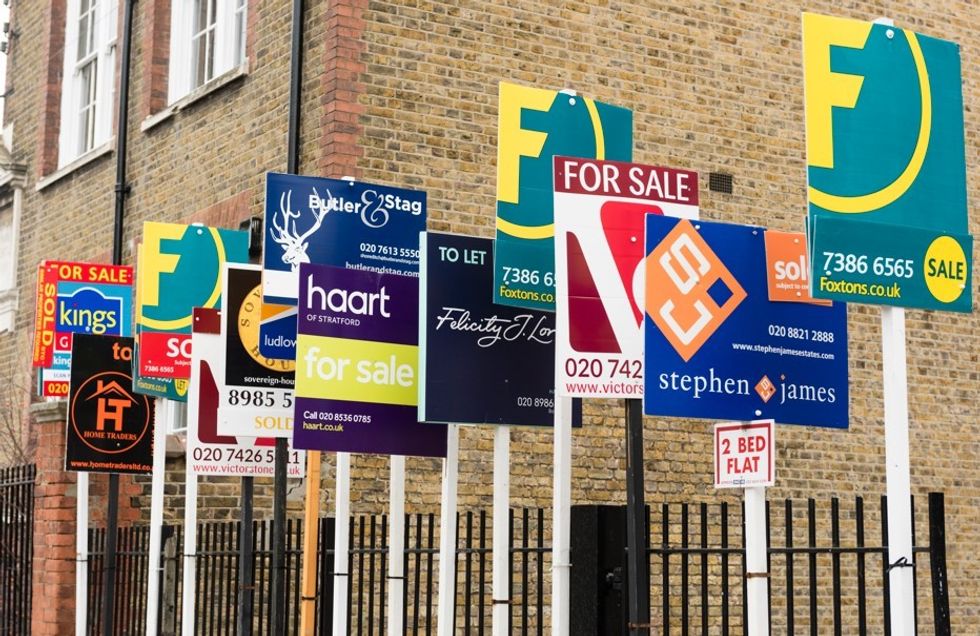UK house prices have hit a new record high of £299,138 in January, according to Halifax’s latest index.
Property values increased by 0.7 per cent month-on-month, pushing the average price to just shy of £300,000.
The annual growth rate stood at 3.0 per cent in January, marking the slowest pace of yearly increase since July 2024.
The latest rise more than recovered December’s slight dip of 0.2 per cent, Halifax reported.

Strong demand for new mortgages have been observed
GETTY
“The UK housing market started the year on a positive note,” said Amanda Bryden, head of mortgages at Halifax.
“Affordability is still a challenge for many would-be buyers, but the market’s resilience is noteworthy,” she added.
Strong demand for new mortgages and growth in lending have been observed, with some buyers rushing to complete transactions before March’s stamp duty increase.
The Bank of England’s decision to cut interest rates to 4.5 per cent is expected to improve housing affordability.
“Although the cut came as little surprise, it should continue to ease affordability and perhaps give more people the impetus to dust off any previously shelved house buying plans,” said Holly Tomlinson, a financial planner at Quilter.
Mortgage rates are predicted to remain between 4 per cent and 5 per cent throughout 2025.
Market experts highlight both opportunities and challenges in the current housing landscape.
“The decision to cut the interest rate should further improve affordability, widening the buyer pool,” said Iain McKenzie, chief executive of the Guild of Property Professionals, while noting that “many properties are still selling below asking price”.
LATEST DEVELOPMENTS
 Property experts have identified five common violationsGETTY
Property experts have identified five common violationsGETTY
Tom Bill, head of UK residential research at Knight Frank, pointed to shifting market dynamics: “Supply has risen more than demand in 2025, which should keep downwards pressure on prices in the short-term.”
Mortgage experts suggest rates could become more competitive following the Bank’s decision.
“A continual decline in swaps would enable lenders to price more keenly, easing borrowers’ affordability concerns,” said Mark Harris, chief executive of mortgage broker SPF Private Clients.
Alice Haine from Bestinvest advises buyers to analyse mortgage offers carefully. She warned: “Lenders can be guilty of using more attractive rates to mask high arrangement or product fees.”
Here are average house prices followed by the annual increase, according to Halifax (regional annual change figures are based on the most recent three months of approved mortgage transaction data):
East Midlands, £245,352, 3.3%
Eastern England, £337,267, 2.7%
London, £548,288, 2.8%
North East, £178,696, 5.2%
North West, £239,772, 4.5%
Northern Ireland, £205,473, 5.9%
Scotland, £210,690, 2.4%
South East, £391,298, 2.9%
South West, £308,424, 4.0%
Wales, £227,397, 3.6%
West Midlands, £261,280, 4.0%
Yorkshire and the Humber, £215,764, 4.6%